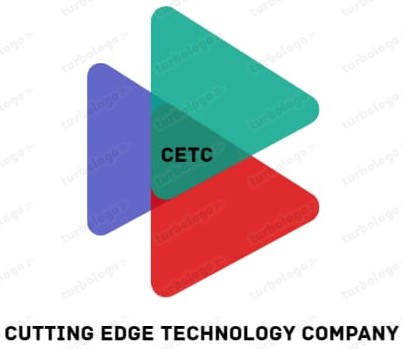Smart retail leverages advanced technologies to enhance the shopping experience, streamline operations, and improve customer engagement. By integrating the Internet of Things (IoT), artificial intelligence (AI), and data analytics, retailers can create a more efficient and personalized environment for consumers.
One of the key components of smart retail is the use of IoT devices. These connected devices can track inventory levels in real-time, allowing retailers to manage stock more effectively. For example, smart shelves equipped with weight sensors can alert staff when items need replenishing, reducing the likelihood of stockouts and ensuring that customers find what they need.
Data analytics plays a significant role in smart retail by providing insights into consumer behavior. Retailers can analyze data collected from various sources, such as point-of-sale systems, loyalty programs, and online shopping patterns. This information enables businesses to understand customer preferences, tailor marketing strategies, and optimize product placements within stores.
Personalization is another hallmark of smart retail. Through AI algorithms, retailers can deliver targeted promotions and recommendations based on individual shopping habits. For instance, mobile apps can send personalized notifications to customers when they enter a store, offering discounts on items they frequently purchase. This level of personalization enhances customer satisfaction and encourages repeat business.
Another innovative aspect of smart retail is the use of augmented reality (AR) and virtual reality (VR) technologies. Retailers can create immersive shopping experiences that allow customers to visualize products in their own environments. For instance, furniture retailers may offer AR apps that enable customers to see how a piece of furniture would look in their home before making a purchase.
Additionally, smart retail solutions include contactless payment options and self-checkout kiosks, which enhance convenience and reduce wait times. These technologies not only improve the customer experience but also streamline operations, allowing staff to focus on providing better service.
However, implementing smart retail technologies does come with challenges. Retailers must ensure robust cybersecurity measures to protect customer data and prevent breaches. Additionally, the integration of various technologies requires significant investment and ongoing maintenance.
In conclusion, smart retail represents a transformative approach to the shopping experience, utilizing IoT, AI, and data analytics to enhance customer engagement and operational efficiency. As technology continues to evolve, the possibilities for creating innovative retail experiences will expand, paving the way for a more connected and satisfying shopping environment.
